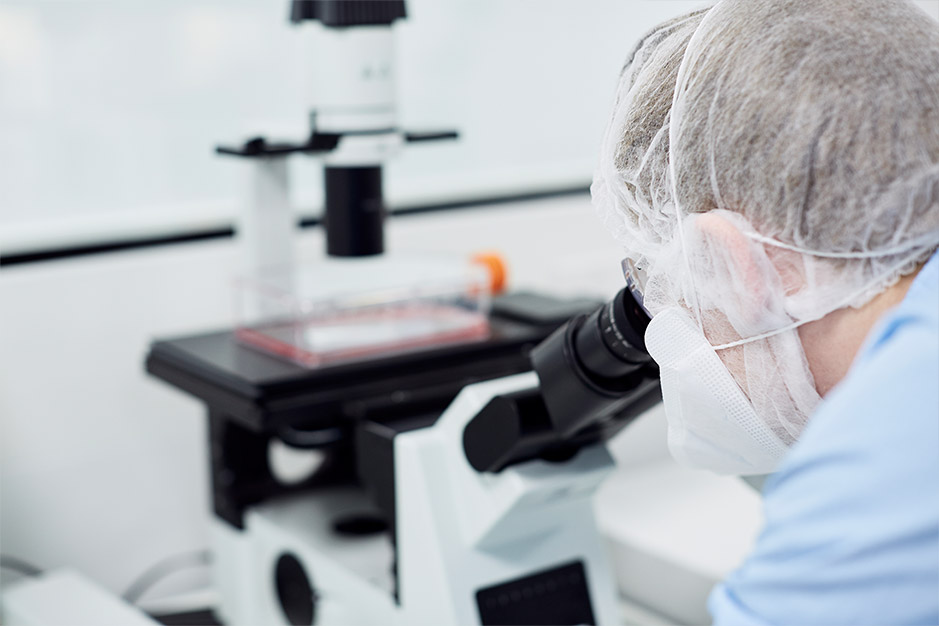Scientific Platform
What is Genetic Medicine?
Genetic medicines use a delivery vehicle, referred to as a vector, to insert a gene encoding therapeutic protein into cells in the body.
The key components of a vector

The Gene
The gene encodes the therapeutic protein

The Capsid
The outer viral protein shell that encloses the gene and is responsible for binding to the cell surface, allowing the gene to enter the cell

The Promoter
The DNA sequence that drives the expression of the gene
Genetic mecidine can be used to address diseases resulting from mutations in a single gene in a patient’s genome. In such cases, the vector is used to deliver a normal copy of the gene to the cells that are defective due to the lack of the gene function. The normal gene then drives production of the missing protein and potentially offers a therapeutic benefit in patients with the disease.
Genetic medicine can also function by adding a new gene function to cells and thereby change cell behavior and function. Additionally, genetic medicine may be used to deliver a therapeutic protein that may block a disease pathway or enhance a deficient cellular pathway in complex diseases caused by more than a single mutation, such as Alzheimer’s disease.
Genetic medicine has a long history, having been studied for over 50 years with a variety of different vectors used to deliver different therapeutic genes. Since the first gene therapy clinical study in humans in 1990, more than 2,300 gene therapy studies covering a broad range of disease targets have been initiated.
Our Approach to Genetic Medicine
We use the adeno-associated virus (AAV) as the vector for delivering genes. AAV is less likely to cause an immune reaction compared to older vectors and it does not readily integrate into the genome of the target cell, reducing the potential for the induction of cancer. Because of its relative safety and broad applicability, we believe AAV is a good vector for use in gene therapy.
Customization of the vector allows for gene therapy to be optimized for different diseases and can have a significant impact on the effectiveness of the treatment. Slight differences in capsid proteins can modulate the efficiency with which different capsids deliver genes to different cells, thus allowing different AAV capsids to be selected to most effectively target particular cell types.
Additionally, promoters may be designed to drive different levels of gene expression or to limit gene expression to specific cell types. Other aspects of the gene sequence may be engineered for optimal gene expression, such as codon usage and synthetic introns, which may enhance levels of therapeutic protein expression.
Leveraging our genetic medicine platform, we are able to customize many of these vector elements in order to design a product candidate specific to the disease being targeted. We believe this customization differentiates our approach to developing and delivering genetic medicines.


